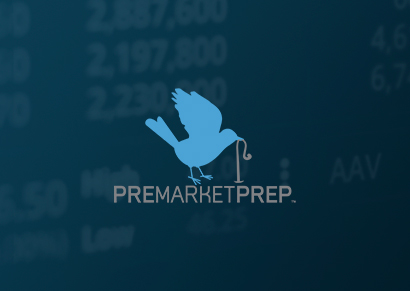
On the PreMarket Prep show, Dennis Dick, alongside Joel Elconin and Mitch, delved into the topic of stock dilution and its implications for stock prices. Using real-world examples like Citigroup…
On the PreMarket Prep show, Dennis Dick, alongside Joel Elconin and Mitch, delved into the topic of stock dilution and its implications for stock prices. Using real-world examples like Citigroup…
In psychology, “herd mentality” refers to the individual’s proclivity to follow the group rather than their intuition. The same principle can be applied to the stock market. An investor may emulate the trades of others rather than using their judgment. The same can be true concerning stock analysts: an analyst may be more likely to agree with others than disagree. This phenomenon can result in market bubbles when optimism is high, or market panics when optimism is low
Stock analysts evaluate companies and offer their opinions about future trajectories of a given stock price. They consider historical performance, industry growth, management guidance, and other factors to make projections and ratings. Analysts may issue ratings of “Buy,” “Sell,” or “Hold,” for example. Analyst upgrades or downgrades, such as a change from “Hold” to “Buy,” have the potential to move stocks in either direction. It is also important to understand that some analysts carry more respect and weight than others.
A sudden downturn in price after entering a position may discourage many investors. However, it can be beneficial to double down by increasing your position, thereby “averaging down.” An example: a trader buys stock in a company at $100 a share. The share price declines to $80 a share. If the trader is still bullish on the stock, they can double their position while decreasing their average purchase price to $90 a share.
Often, traders may have uncertainty or pessimism regarding a particular trade or investment position. If you are “in doubt,” it is sometimes best to “get out” of your investment. By selling off or reducing your position, you are limiting your risk and sidestepping potential losses.
Stocks react to positive news by trading at higher prices as trader confidence in the stock rises. A “gap” occurs when a stock opens at a price significantly higher than the previous day’s close. The “go” occurs when the stock rallies with an upward trend throughout the day.
On a The Closing Print, Dennis (DDD) Dick shared a vivid case study about his trading strategy on Kellogg’s (NYSE: K) stock. This followed an upgrade of the company by…
What are pre-market and after-hours trading and why are they essential in understanding the markets? The New York Stock Exchange (NYSE) and NASDAQ’s weekday trading window is from 9:30 a.m. to 4:00 p.m. Eastern Time (ET). However, there is much market activity that takes place outside of this window. Pre-market trading, which lends its name to PreMarket Prep, occurs before the market opens, while after-hours trading occurs after the market closes.
The bears were back on top Friday, being victorious in three of four sessions in the abbreviated week. After a complete reversal of Thursday’s late price action, the index battled…
The bulls awakened from their three-day slumber and turned the S&P 500 index futures from being red most of the premarket session into a solid gain on the day. The…


